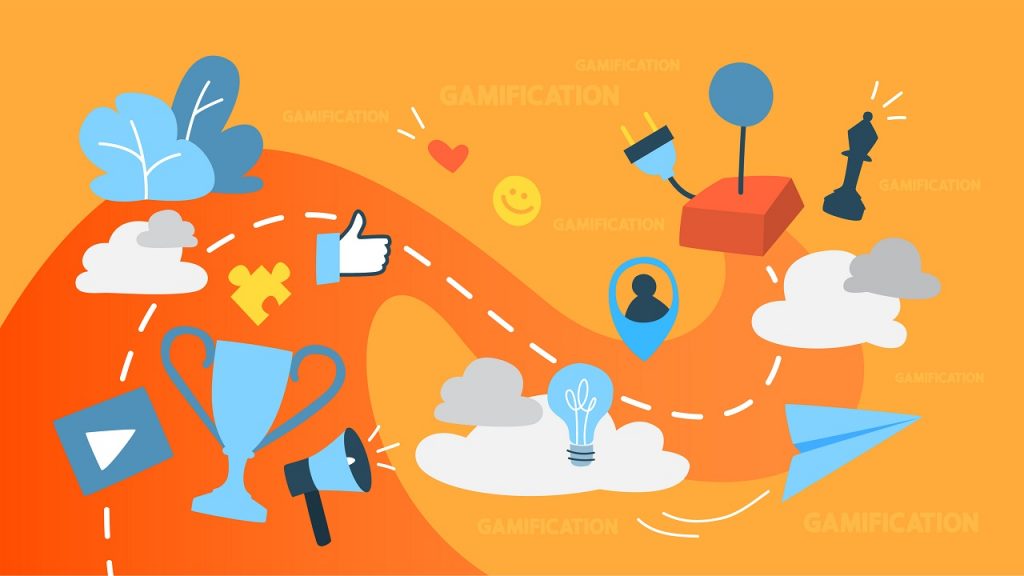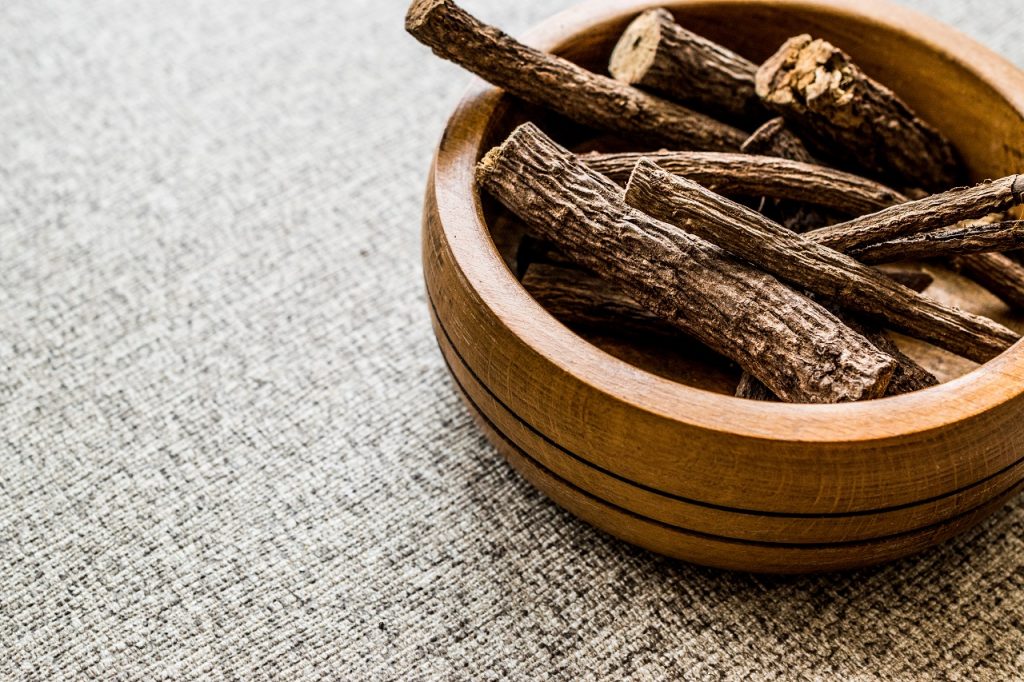 Since childhood, playing games has always been fun. Even now, thanks to advanced technology, there are many fun and addictive games available on smartphones. There’s a game app for everyone out there! Ever wondered what happens when your favourite activity gets turned into a game?
Since childhood, playing games has always been fun. Even now, thanks to advanced technology, there are many fun and addictive games available on smartphones. There’s a game app for everyone out there! Ever wondered what happens when your favourite activity gets turned into a game?
Gamifying activities has become the latest trend, especially among health and fitness apps. The idea of competition, gratification through rewards and bragging rights motivate individuals to keep going at it and the health and fitness industry knows this all too well.
What is the Gamification of Fitness?
Recent studies have shown that ‘gamifying’ exercise can improve one’s motivation and make fitness more effective and exciting at all levels. Gamifying is done by taking a workout regime and then incorporating game mechanics, such as reward-based objectives, to increase one’s motivation and enthusiasm.
What Are Its Benefits?
- Engages Brain Chemistry: Gamification is a powerful tool for engagement and works with our brain chemistry to create behavioural changes. Learning triggers a rush of dopamine, our happy hormones, so when learners enjoy the workout regime, they feel engaged and are left wanting more. But if the workout regime is boring, the ‘good feeling’ goes away. Gamification helps make your workout regime fun and interesting!
- A Ton of Fun: Anyone who has played games will know that gaming is a lot of fun! The competition, objectives, accomplishments, progress, and rewards are all gamification techniques that make you enjoy the game. Certain features like your character’s level, or your XP, or even leaderboards, all add a depth of excitement to the game. For workout apps too, the sense of competition, achievements, progress and rewards all motivate the user to get fit and healthy!
- The Rewards: All games, whether they are as simple as candy crush, or as complex as Fortnite, have reward-based progression. Rewards keep the players engaged and excited for what they might win. Even daily rewards leave the players waiting for the next day to win something new. Apps such as GOQii, reward the users with in-app currency i.e. GOQii Cash, for completing small tasks, creating a feeling of happiness and success within the user.
- Real-World Benefits: Certain apps and games offer a range of rewards for completing tasks. A new skin for your character wouldn’t seem nearly as fun as a free rollercoaster ride or a free meal! To ensure that the user stays hooked on to the app, certain rewards start increasing in the level of excitement and can go up to rewards in the real world. These rewards are far more exciting than in-game rewards and encourage the user to keep using the app.
- Epic-Meaning: Certain apps and games make their users feel like their actions matter, have an impact, and even help benefit the company mission. Will they finish the race in under a minute? Will they be able to lose a kilo in a week? These clear goals make the users feel a sense of inclusiveness, and that their actions can benefit themselves and the company. This is known as Epic-meaning. Apps use gamification features by letting their users customize their badges, or change their banners to show how their progress helps the app’s mission. Certain apps even go as far as sharing user-stories, to ensure their users that their actions are noticed and are important.
Gamification makes working out, eating healthy and leading an overall healthy life more fun, engaging and exciting.
Do you know of any apps that have gamified fitness? Share them in the comments below!
#BeTheForce
 Some spices and herbs from our grandmother’s stockpot are so precious that even today they are used in several households as home remedies. One such ayurvedic, age-old herb is Mulethi or Liquorice (also spelt as Licorice).
Some spices and herbs from our grandmother’s stockpot are so precious that even today they are used in several households as home remedies. One such ayurvedic, age-old herb is Mulethi or Liquorice (also spelt as Licorice).


